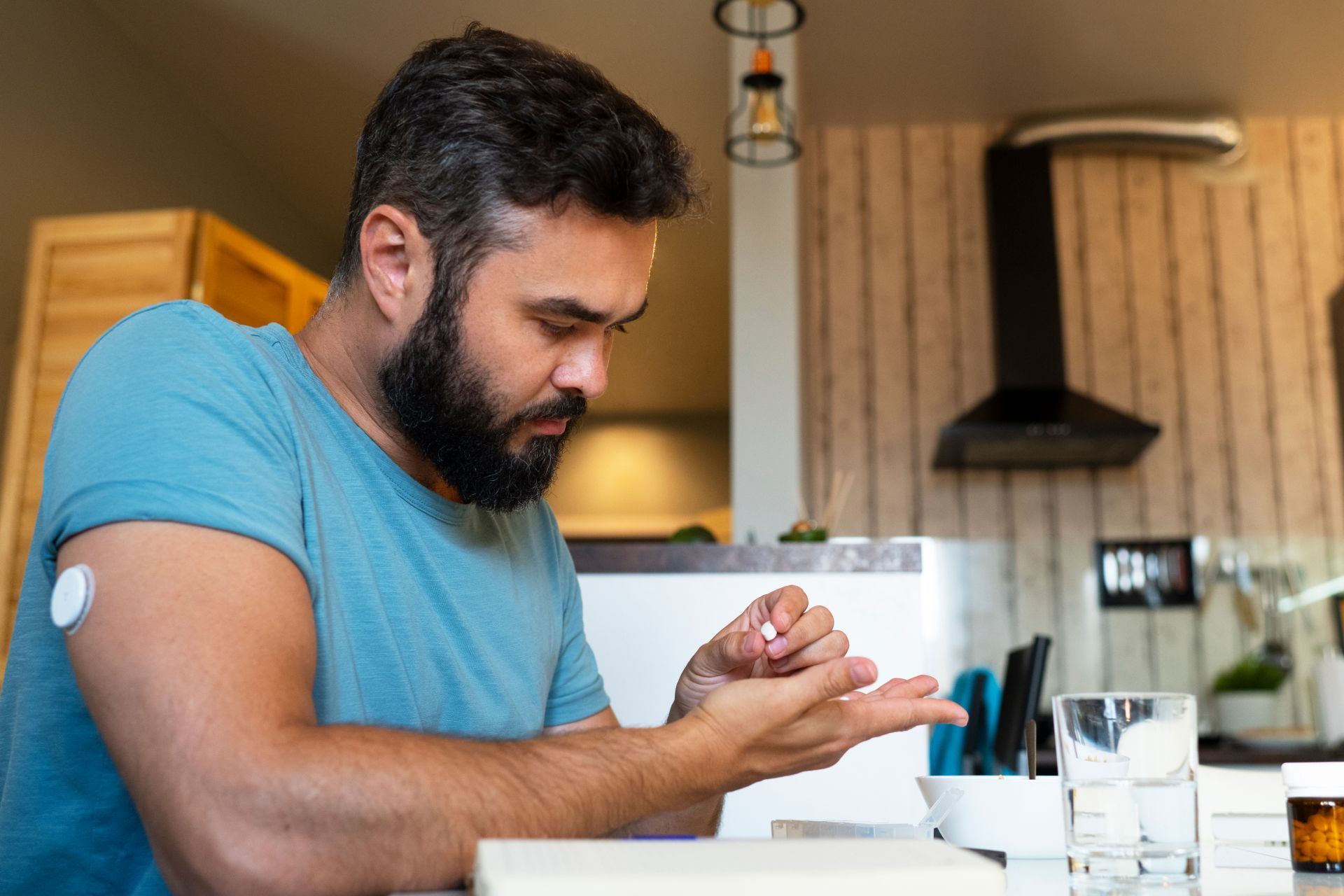Digital Safety and Mental Health: Social Media’s Role in Suicide Risk
The Impact of Social Media on Suicide Risk: How to Use Digital Spaces Safely
Social media has become a central part of daily life, shaping how people connect, share, and find support. For many, digital spaces provide a sense of community and belonging. However, research shows that certain patterns of social media use can increase suicide risk, particularly among adolescents and young adults when it fosters isolation, cyberbullying, or harmful comparisons. Understanding these risks and learning how to use digital spaces safely can help protect mental health.
Social Media and Suicide Risk
Studies have linked heavy, problematic social media use with higher rates of depression, anxiety, and suicidal thoughts (Twenge et al., 2018). Some contributing factors include:
- Cyberbullying and harassment : online abuse can intensify feelings of hopelessness.
- Social comparison : exposure to idealized images of others may fuel shame and low self-esteem.
- Exposure to harmful content : unmoderated discussions of self-harm or suicide can normalize dangerous behaviors.
- Sleep disruption :
late-night scrolling and screen time can worsen mood and emotional regulation (National Institute of Mental Health, 2023).
Protective Benefits of Social Media
Despite risks, digital spaces also offer opportunities for prevention and connection:
- Peer support communities : online groups can reduce isolation and provide encouragement.
- Access to resources : social media connects users to crisis hotlines and educational content.
- Mental health advocacy : campaigns raise awareness and reduce stigma around seeking help (Robinson et al., 2016).
How to Use Digital Spaces Safely
To reduce risks and promote well-being:
- Limit exposure to harmful content: unfollow accounts that trigger shame, self-criticism, or hopelessness.
- Set boundaries on screen time: especially before bed, to protect sleep and emotional health.
- Curate a supportive feed: follow accounts that promote hope, resilience, and positivity.
- Engage in balance: complement online interaction with offline relationships and activities.
- Reach out for help: use online platforms to connect with professional support when needed.
Warning Signs of Suicide in the Digital Age
The rise of digital communication has changed how people express themselves and seek support. While social media and online spaces can provide connection, they can also reveal early signs of emotional distress or suicide risk. Recognizing these warning signs both online and offline can make a life-saving difference.
Digital Warning Signs
In the digital age, concerning signals may appear through posts, messages, or online behavior.
Key signs include:
- Expressions of hopelessness: posts about feeling like a burden, trapped, or unable to go on.
- Goodbye messages: sudden farewells, giving away possessions, or posts that read like final statements.
- Engagement with harmful content: frequent interaction with posts about self-harm or suicide.
- Withdrawal online: abrupt disappearance from social platforms or reduced communication.
- Sudden mood shifts: posting patterns that swing from despair to unusual calm after distress (National Institute of Mental Health, 2023).
Offline Warning Signs
Digital cues often overlap with real-world changes. Warning signs may include:
- Talking about wanting to die or self-harm.
- Withdrawing from friends, family, or activities.
- Increased substance use.
- Drastic changes in sleep, appetite, or behavior.
- Risk-taking or self-destructive actions (American Foundation for Suicide Prevention, 2022).
How to Respond
If you notice warning signs, take necessary actions is critical:
- Reach out directly: ask with compassion “I’ve noticed you seem really down, are you thinking about hurting yourself?”
- Offer support, not judgment: listen and validate their feelings.
- Encourage professional help: suggest reaching out to a counselor, doctor, or crisis line.
- Stay connected: check in regularly and ensure they are not left isolated.
- Use emergency resources: if someone is in immediate danger, call 911 (U.S.), 988 Suicide and Crisis Lifeline, or your local emergency number.
Conclusion
Social media is not inherently harmful, but how it is used matters. While digital spaces can amplify risks for suicide, they can also be tools for support and healing when used intentionally. In the digital age, suicide warning signs often appear online before they are seen in person. Recognizing changes in language, behavior, and online activity can save lives. By paying close attention, setting healthy boundaries, curating positive connections, and encouraging loved ones to seek professional help, when necessary, family and friends can make online spaces safer for themselves and others, and can play a vital role in suicide prevention.
Chief Preceptor of Clinical Practicum Program – Dr. Okah Anyokwu
Director of Clinical Practicum Program – Xavier Hicks











